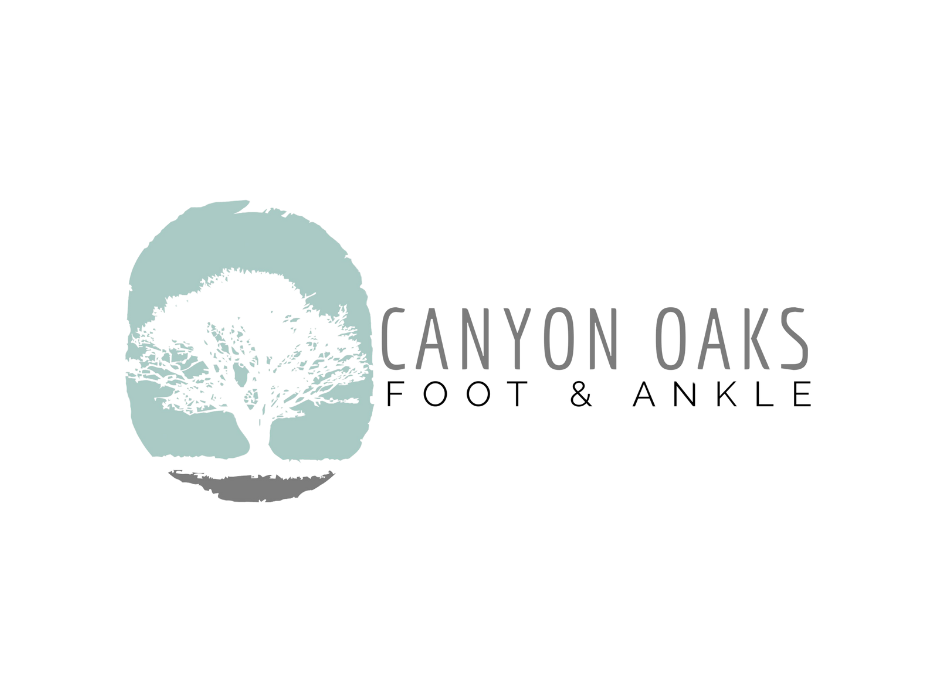Although it’s commonly associated with football, any athlete can develop turf toe. The name comes from the turf that is commonly used in American football fields. This artificial material is not as soft as grass and is less forgiving. Below, we will discuss its causes and turf toe treatment options.
What is Turf Toe?
Your big toe is comprised of only two joints, while all your other toes have three. The bigger of these two joints is known as the metatarsophalangeal joint, or MTP. Often times, the MTP joint is injured in turf toe cases.
This injury happens when your toe is bent upwards from excessive force. This is caused by jamming the toe, or repetitive motion of pushing off when running or jumping.
Participating in activities on artificial turf can put you more at risk for turf toe. Failing to wear shoes with proper support to the front of your foot can also make you more susceptible to developing turf toe.
Symptoms of Turf Toe
One of the most obvious symptoms that you have turf toe is a pain in the area surrounding your big toe. If your toe has bent very suddenly, you may immediately begin to feel the pain.
You may experience a variety of the following symptoms:
- Toe sensitivity
- Swelling in the big toe and the MTP joint
- Difficulty moving toes
- Stiffness
- A toe joint that is prone to dislocating
- You are unable to bear weight on the toe
Turf Toe Treatment
Turf toe injuries are separated into three categories: Grade 1, Grade 2, and Grade 3. Depending on the severity of the injury, treatment will differ.
Grade 1
Grade 1 is the least severe of the injuries. Your doctor will prescribe that you follow the RICE method.
Rest: Do your best to stay off your toe and foot. Give your toe a break from routine activities so that it can heal properly.
Ice: Apply a cold pack to reduce the swelling in your toe.
Compression: It will be beneficial to wrap your big toe to your other toes to help prevent movement that could further aggravate your injury.
Elevation: Keep your foot elevated to keep the swelling to a minimum.
Grade 2
Injuries that fall into the grade 2 category are a bit more serious. Your doctor may require you to use a walking boot or crutches to protect your foot as the toe heals.
Grade 3
Grade 3 injuries often require surgery to correct them. A bone may be broken, or the joint may have been damaged. Once the surgery is performed to correct the problem, you will be placed into a cast until it heals.
While the recovery time for a grade 1 injury may only be a week, a grade 3 injury can take up to a few months to fully heal.
Canyon Oaks Podiatry Can Help
If you are seeking turf toe treatment, our doctors at Canyon Oaks Podiatry can help.
Complete our form below to get in touch with our office. A member of our team will contact you within one business day.

